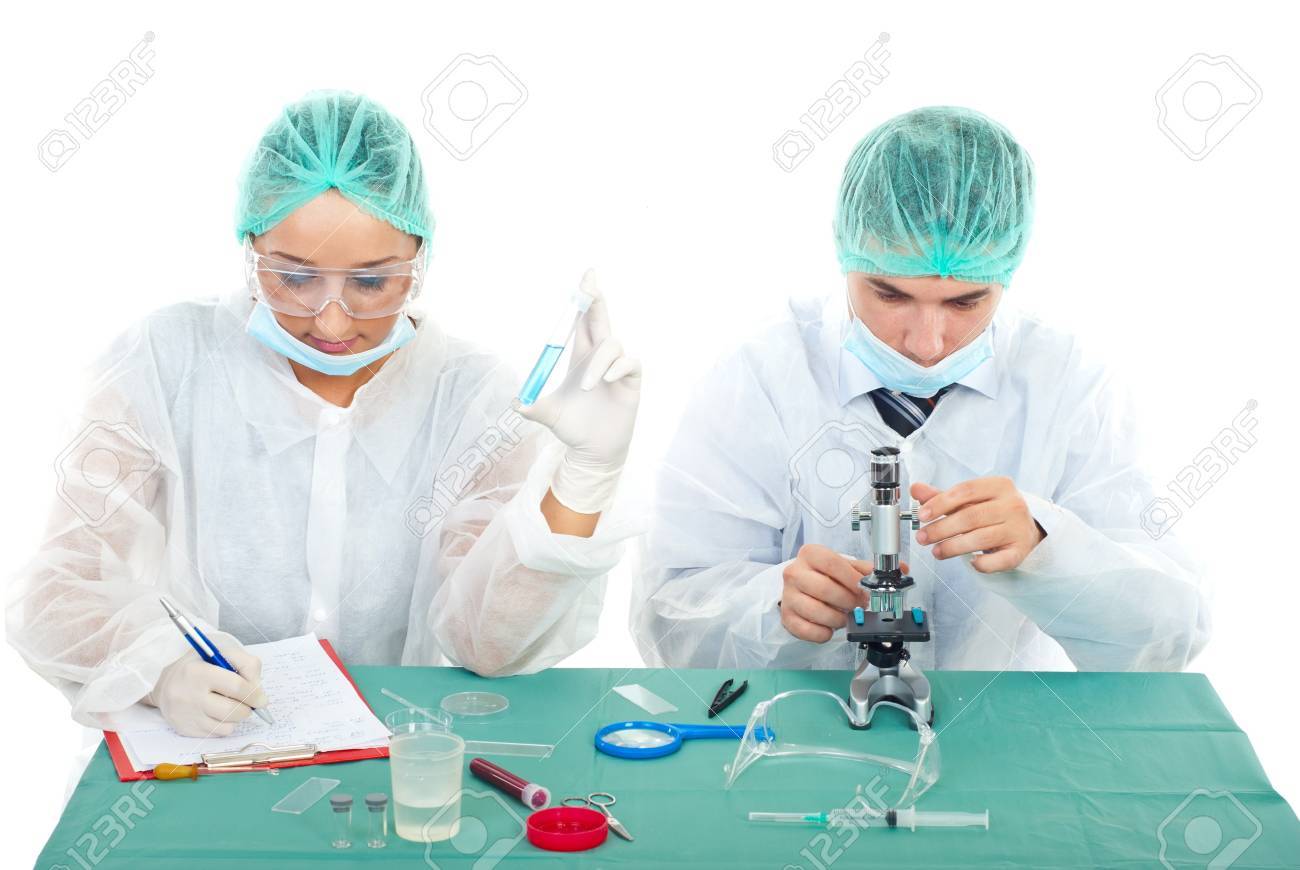
Physical risks in the laboratory
Before starting, one must be aware that the chemical and biological risks are usually greater in a clinical analysis laboratory. And not because physical risks can be less harmful, at all. The difference is governed by the number of risk factors. That is to say, if in a laboratory, we handle 50 corrosive chemicals and 300 biological samples a day, it is obvious that the probability of suffering a chemical or biological accident is greater than the probability of suffering a physical accident.
This is the main reason why there is a lot of information about chemical and biological risks in the laboratory. While on physical risks, there is little quantity
In contrast, physical risks are more likely to produce emergencies. At this point it is important that we differentiate emergency urgency. An emergency requires immediate medical attention due to the high probability of losing life.
- Cardiorespiratory arrest
- Having a cut in an arterial section that causes very heavy bleeding • Unconsciousness
- Asphyxia
- Electrocution
- Suffer severe chemical or physical burns (depends on grade and percentage)
- Etc.
While in an urgency, medical assistance, depending on the source consulted, may be delayed for a period of 2-6 hours. This is because the life of the person is not in immediate danger.
- Ingestion or bronco aspiration of chemical substances.
- Exposure to infectious biological agents.
- Suffer a minor trauma or fracture
- Suffer a cut that does not imply an «immediate» probability of hypovolemic shock
- Physical or chemical burns of 1st or 2nd grade with low percentage.
- Etc.
Danger of losing your life? Virtually none. Danger of losing the functionality of the eye That a corrosive product reaches an eye requires immediate washing and medical attention.
.
If we expose ourselves to the HIV virus we will have to make use of immediate anti-retroviral prophylaxis. Danger of losing your life? Virtually none seen years ago. Danger of infecting us with the virus? Very high if we do not start treating immediately with post-exposure prophylaxis.
With some infectious diseases we expose ourselves to losing our lives in a matter of a few days. Even with medical treatment and supervision (Ebola Virus). And without it, an infection by Vibrium Cholerae, causal agent of Cholera, can kill us in just 24 hours.
There are also cases of people who have lost limbs because they did not heal wounds, cuts or punctures in time, which otherwise would have been simple scars.
This is without taking into account those who have succumbed to septicemia due to an untreated infectious disease. Life predominates over the function, but this would be to assault Sanitary Emergencies agenda. The fact that urgency and emergency are distinguished by their vital risk is due to the simple thematic fact. And above all, be clear about the importance of knowing very well the various risks that we face in a laboratory and the consequences that may have for our health all of them.
Physical risks in the laboratory
The physical risks in the laboratory can be grouped as follows:
- Mechanics: They have to do with the device in the laboratory. One of the examples that is usually used is the Microtome of the Pathological Anatomy Laboratory. Regarding the Clinical and Biomedical Laboratory, or Clinical Diagnostic, the use of analyzer cars is the order of the day. The mechanization of multiple techniques facilitates the life to the Laboratory Technician and allows to speed up the analysis of a large number of biological samples in less time, but they bring with them a series of quite evident risks, since it is not recommendable to introduce the hand when the Racks are spinning or when the self-analyzer tries to get a sample from a rack.
- Thermal: The laboratory is equipped with refrigerators, freezers, incubators … The thermal risks are evident and can cause burns of various kinds. If the laboratory has Bunsen burners, the risk increases. Heating and air conditioning can also pose a risk to the worker’s health. If the air conditioning does not work in a laboratory, with multiple devices running and emitting heat, it can affect the worker’s performance and health.
- Electrical: In a laboratory it ends up being the main physical risk. And if it is not the main one, at least it is the most dangerous. This is because all the laboratory equipment, thermal or mechanical, needs electricity. Short circuits that cause fires or electrocutions are some of the dangers they present.
• Radiation: Whether ionizing or non-ionizing, there is a risk that must be taken into account. All exposure, be it Gamma, Beta or UVA, adds up, and the pathologies derived from prolonged and excessive exposure are very important. We should also mention other physical risks such as noise and vibrations (mechanical), humidity (thermal) and even lighting and disposition of the laboratory material.









